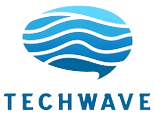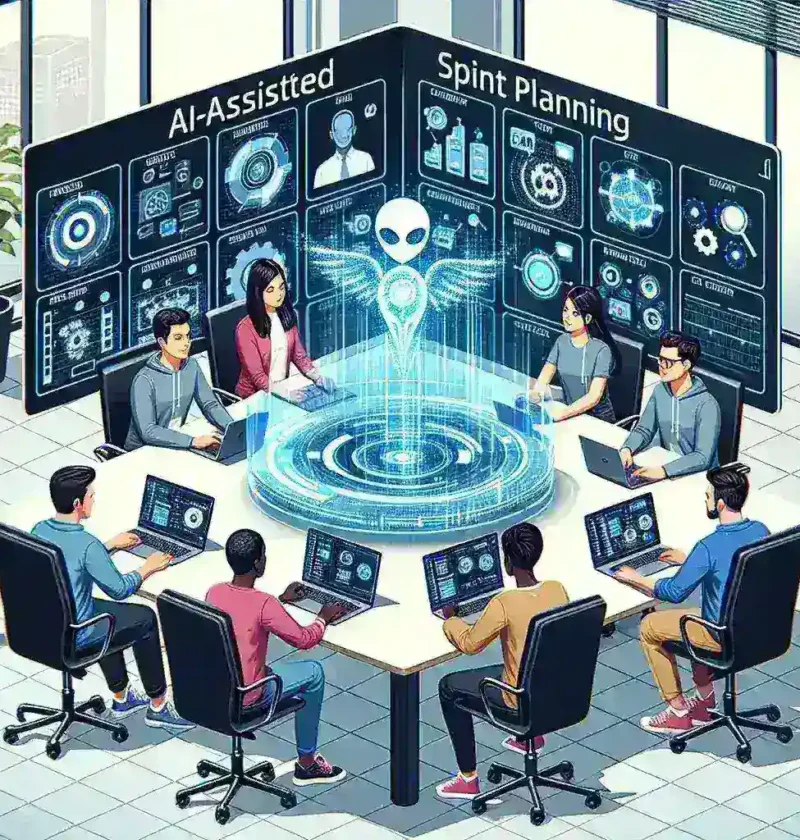Introduction
In a world where remote work and digital collaboration have become the norm, Microsoft is stepping up its game by integrating artificial intelligence into its collaboration platform, Microsoft Teams. This innovative feature is particularly geared towards developers in the United States, aiming to streamline the sprint planning process through advanced dashboards. This article delves into the implications of these AI-powered tools, the benefits they offer, and how they can reshape the landscape of software development.
Understanding Sprint Planning
Sprint planning is a critical component of Agile methodologies, particularly in software development. During sprint planning, teams define the work to be completed in a set timeframe, known as a sprint. This process involves setting goals, selecting tasks from the backlog, and estimating the effort required. However, coordinating these activities can be challenging, especially when teams are distributed across different locations.
Challenges in Traditional Sprint Planning
- Communication Gaps: Miscommunication can lead to misunderstandings about priorities and tasks.
- Lack of Real-Time Data: Teams often rely on static reports that do not reflect real-time progress or issues.
- Time-Consuming Processes: Manual tracking and updates can slow down the planning process.
AI-Powered Dashboards: A Game Changer
Microsoft Teams’ introduction of AI sprint planning dashboards marks a significant advancement in addressing these challenges. These dashboards leverage machine learning algorithms to analyze historical data, predict task durations, and optimize resource allocation. By offering real-time insights, the dashboards allow teams to make informed decisions quickly.
Key Features of AI Sprint Planning Dashboards
- Automated Task Prioritization: The AI analyzes past sprints to suggest task priorities based on team performance and deadlines.
- Predictive Analytics: Teams can forecast potential roadblocks and adjust their plans accordingly.
- Resource Optimization: The dashboard helps in assigning tasks to team members based on their skills and availability.
- Real-Time Collaboration: Integrated communication tools facilitate instant feedback and updates.
Benefits for U.S. Developers
For developers in the U.S., the introduction of these AI-driven tools presents numerous advantages:
1. Enhanced Productivity
By automating routine tasks and providing actionable insights, developers can focus more on coding and less on administrative work. This boost in productivity can lead to faster project completion and improved product quality.
2. Improved Flexibility
The dynamic nature of AI allows teams to adjust their plans in response to changing circumstances. Whether it’s a sudden shift in client requirements or unforeseen technical challenges, these dashboards provide the flexibility needed to adapt.
3. Greater Collaboration
With real-time data and integrated communication channels, team members can collaborate more effectively, regardless of their physical location. This fosters a culture of teamwork and shared responsibility.
4. Data-Driven Decision Making
The insights generated by AI empower teams to make decisions based on concrete data rather than gut feelings. This leads to more strategic planning and prioritization of tasks.
Historical Context of AI in Software Development
The use of AI in software development is not entirely new. Over the past decade, various tools have emerged that incorporate AI to automate testing, code reviews, and even debugging. However, the integration of AI into project management tools like Microsoft Teams represents a significant evolution. Historically, software development has relied heavily on manual processes and human intuition. The shift towards AI indicates a broader trend of embracing technology to enhance efficiency and accuracy.
Future Predictions
As AI continues to evolve, we can expect even more sophisticated features in Microsoft Teams and similar platforms. Future iterations may include:
- Increased Customization: Dashboards that adapt to the specific needs of individual teams or projects.
- Integration with Other Tools: Seamless connections between various software development tools to provide a holistic view of project health.
- Advanced Machine Learning: AI that learns from user interactions to provide personalized suggestions and insights.
Pros and Cons of AI Sprint Planning Dashboards
Pros
- Efficiency: Saves time by automating routine planning tasks.
- Accuracy: Reduces human error in estimating task durations and progress.
- Customization: Can be tailored to fit the unique workflows of different teams.
Cons
- Dependency on Technology: Over-reliance on AI tools may hinder the development of planning skills.
- Initial Learning Curve: Teams may require time to adapt to the new system.
- Data Privacy Concerns: Handling sensitive project data raises questions about security and privacy.
Conclusion
The advent of AI sprint planning dashboards in Microsoft Teams represents a transformative step for U.S. developers. By automating the sprint planning process and providing real-time insights, these tools not only enhance productivity but also foster collaboration and adaptability. As the technological landscape continues to evolve, embracing such innovations will be crucial for teams seeking to stay competitive in the fast-paced world of software development.

